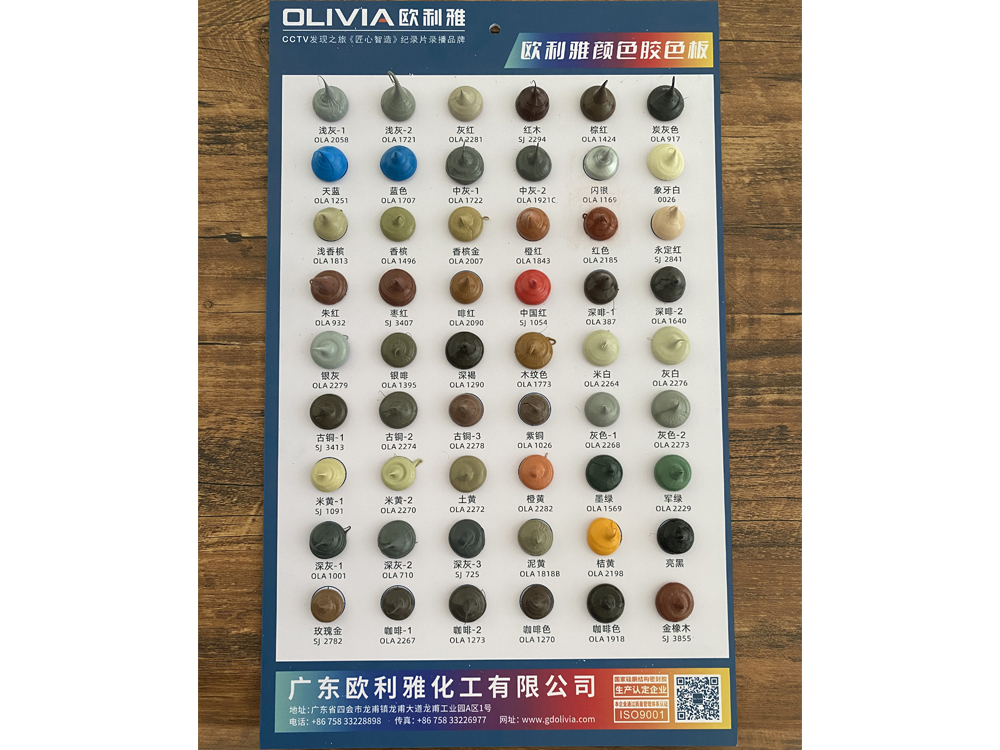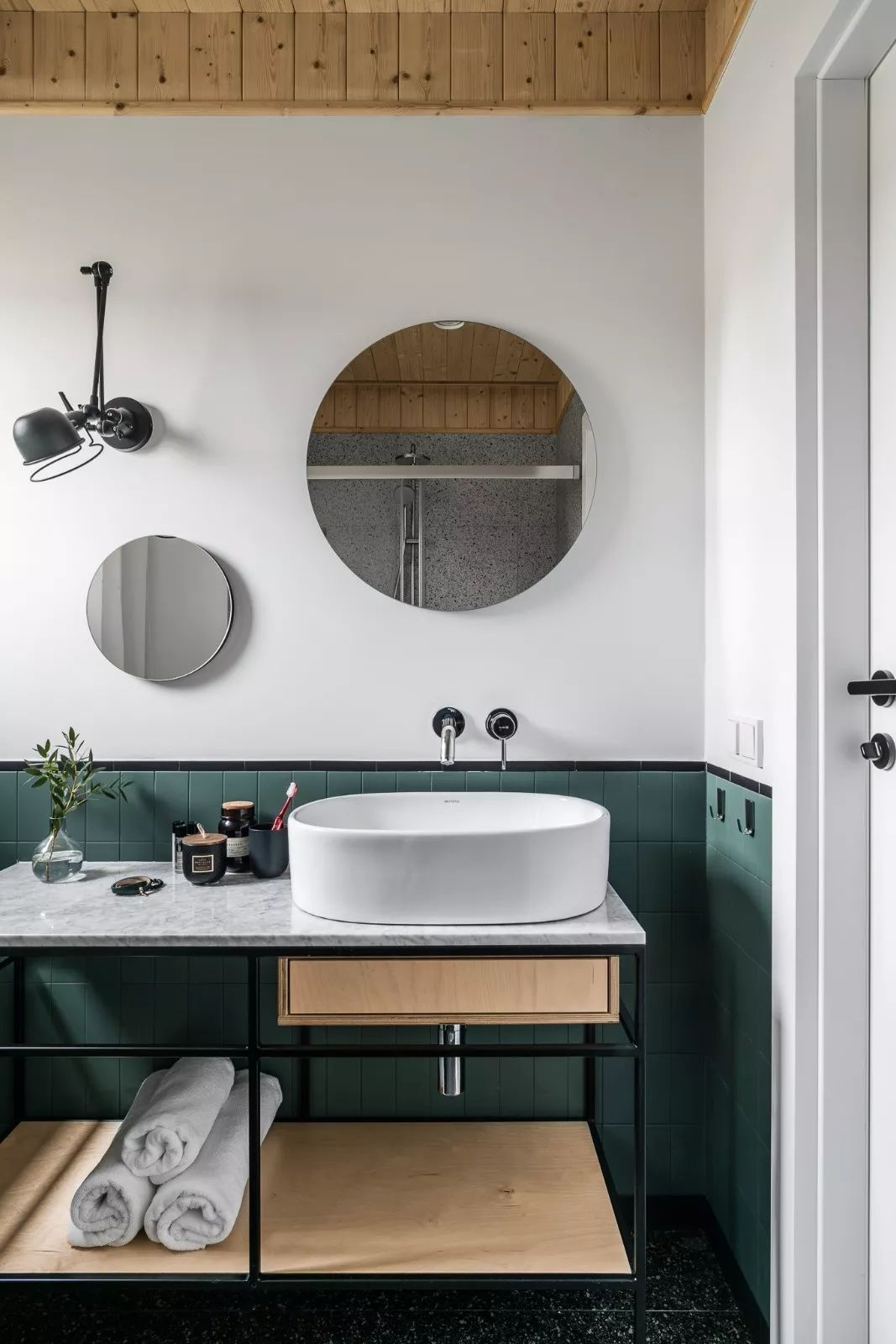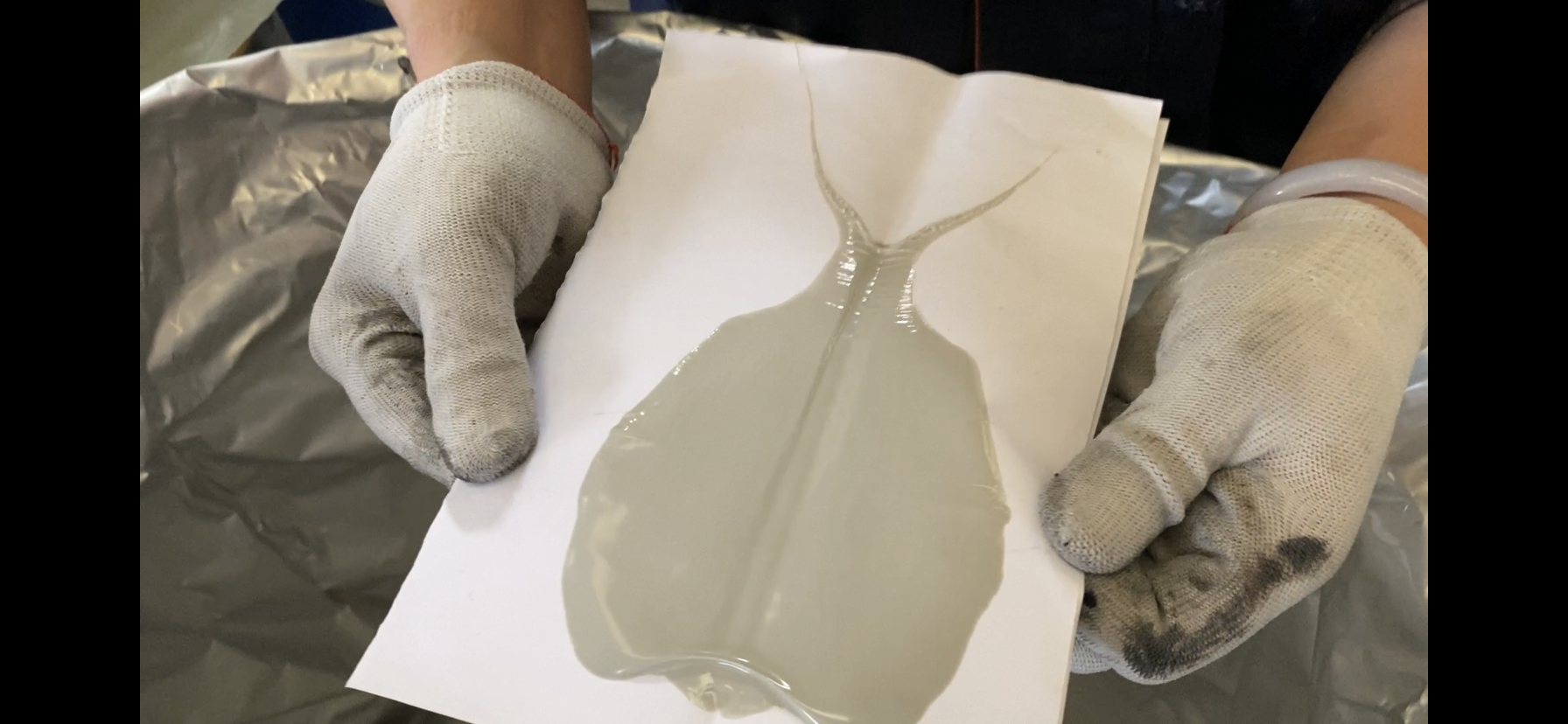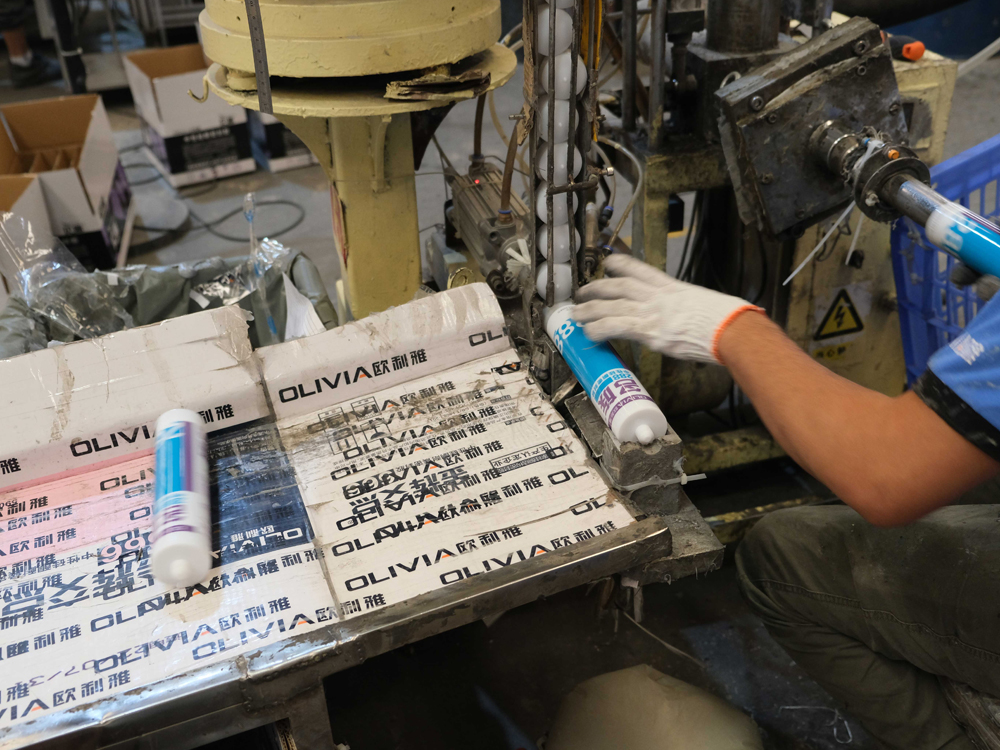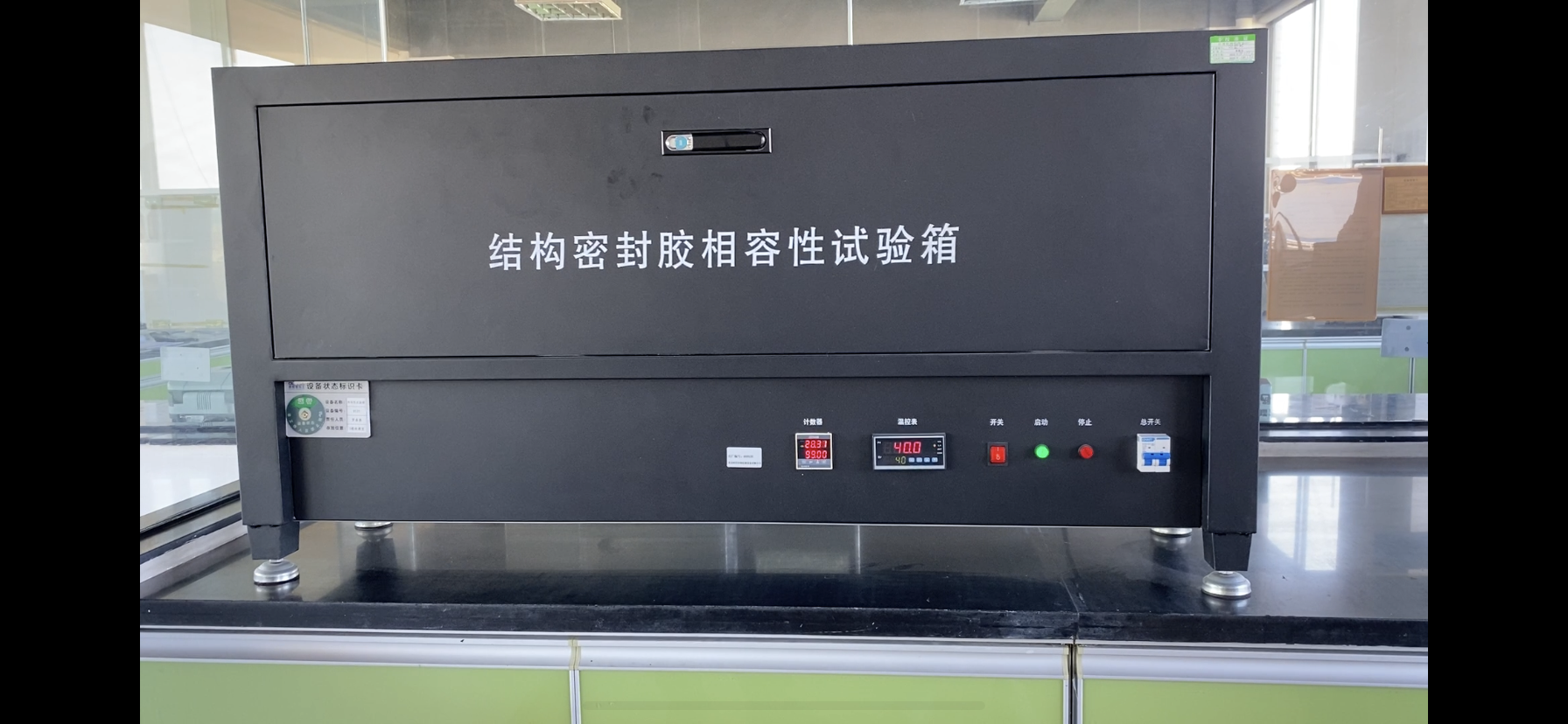Q1. What is the reason for neutral transparent silicone sealant turning yellow?
Answer:
The yellowing of neutral transparent silicone sealant is caused by defects in the sealant itself, mainly due to the cross-linking agent and thickener in the neutral sealant. The reason is that these two raw materials contain “amino groups”, which are very susceptible to yellowing. Many imported famous brand silicone sealants also have this yellowing phenomenon.
In addition, if neutral transparent silicone sealant is used at the same time as acetic silicone sealant, it may cause the neutral sealant to turn yellow after curing. It may also be caused by the long storage time of the sealant or the reaction between the sealant and the substrate.
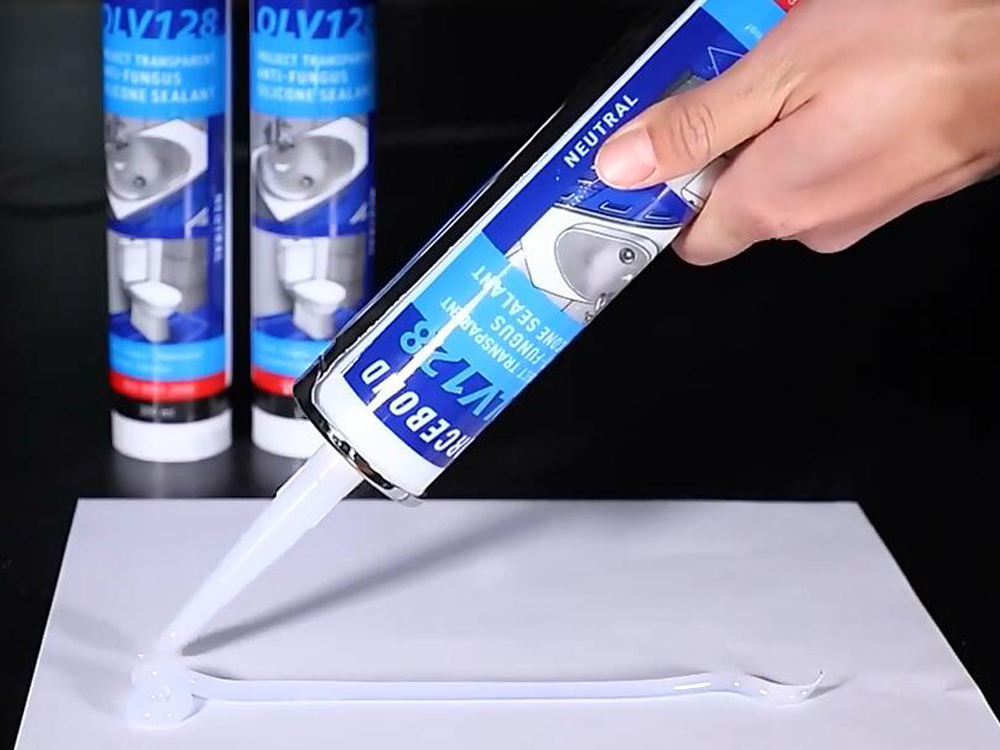
OLV128 Transparent Neutral Silicone Sealant
Q2. Why does neutral silicone sealant white color sometimes turn pink? Some sealant turns back to white a week after curing?
Answer:
Alkoxy cured type neutral silicone sealant may have this phenomenon due to the production raw material titanium chromium compound. Titanium chromium compound itself is red, and the white color of the sealant is achieved by the titanium dioxide powder in the sealant acting as a colorant.
However, sealant is an organic substance, and most organic chemical reactions are reversible, with side reactions occurring. Temperature is the key to triggering these reactions. When the temperature is high, the positive and negative reactions occur, causing color changes. But after the temperature drops and stabilizes, the reaction reverses and the color returns to its original state. With good production technology and formula mastery, this phenomenon should be avoidable.
Q3. Why does some domestic transparent sealant product turn white color after five days of application? Why does neutral green sealant turn white color after application?
Answer:
This should also be attributed to the problem of raw material selection and verification. Some domestic transparent sealant product contain plasticizers that are easily volatile, while others contain more reinforcing fillers. When the plasticizers volatilize, the sealant shrinks and stretches, revealing the color of the fillers (all fillers in neutral sealant are white in color).
Colored sealants are made by adding pigments to make them different colors. If there are problems with pigment selection, the color of the sealant may change after application. Alternatively, if colored sealants are applied too thinly during construction, the inherent shrinkage of the sealant during curing can cause the color to lighten. In this case, it is recommended to maintain a certain thickness (above 3mm) when applying the sealant.
Q4. Why do spots or traces appear on the mirror after using silicone sealant on the back for a period of time?
Answer:
There are usually three types of coatings on the back of mirrors on the market: mercury, pure silver, and copper.
Commonly, after using silicone sealant to install mirrors for some time, the mirror surface may have spots. This is usually caused by using acetic silicone sealant, which reacts with the materials mentioned above and causes spots on the mirror surface. Therefore, we emphasize the use of neutral sealant, which is divided into two types: alkoxy and oxime.
If a copper-backed mirror is installed with oxime neutral sealant, oxime will slightly corrode the copper material. After a period of construction, there will be corrosion marks on the back of the mirror where the sealant is applied. However, if alkoxy neutral sealant is used, this phenomenon will not occur.
All of the above are due to improper material selection caused by the diversity of substrates. Therefore, it’s recommended that users perform a compatibility test before using the sealant to see if the sealant is compatible with the material.
Q5. Why do some silicone sealants appear as granules the size of salt crystals when they are applied, and why do some of these granules dissolve on their own after curing?
Answer:
This is a problem with the raw material formula used in selecting the silicone sealant. Some silicone sealanst contain cross-linking agents that can crystallize at low temperatures, causing the cross-linking agent to solidify inside the adhesive bottle. As a result, when the adhesive is dispensed, salt-like granules of varying sizes may be seen, but they will slowly dissolve over time, causing the granules to automatically disappear during curing. This situation has little effect on the quality of silicone sealant. The main cause of this situation is the significant impact of low temperatures.
Q6. What are the possible reasons why some domestically produced silicone sealant applied to glass fails to cure after 7 days?
Answer:
This situation often occurs in cold weather.
1.The sealant is applied too thickly, resulting in slow curing.
2.The construction environment is affected by bad weather.
3.The sealant is expired or defective.
4.The sealant is too soft and feels unable to cure.
Q7. What is the reason for the bubbles that appear when using certain domestically produced silicone sealant products?
Answer:
There may be three possible reasons:
1.Poor technology during packaging, causing air to be trapped in the bottle.
2.A few unscrupulous manufacturers intentionally do not tighten the bottom cap of the tube, leaving air in the tube but giving the impression of sufficient silicone sealant volume.
3.Some domestically produced silicone sealants contain fillers that can react chemically with the PE soft plastic of the silicone sealant packaging tube, causing the plastic tube to swell and increase in height. As a result, air can enter the space inside the tube and cause voids in the silicone sealant, resulting in the sound of bubbles during application. The effective way to overcome this phenomenon is using tube packaging and paying attention to the storage environment of the product (below 30°C in a cool place).
Q8. Why do some neutral silicone sealants applied at the junction of concrete and metal window frames form many bubbles after curing in the summer, while others do not? Is it a quality issue? Why did similar phenomena not occur before?
Answer:
Many brands of neutral silicone sealant have experienced similar phenomena, but it is not actually a quality issue. Neutral sealants come in two types: alkoxy and oxime. And alkoxy sealants release gas (methanol) during curing (methanol starts to evaporate at around 50℃), especially when exposed to direct sunlight or high temperatures.
In addition, concrete and metal window frames are not very permeable to air, and in summer, with higher temperatures and humidity, the sealant cures faster. The gas released from the sealant can only escape from the partially cured layer of sealant, causing bubbles of different sizes to appear on the cured sealant. However, oxime neutral sealant does not release gas during the curing process, so it does not produce bubbles.
But the disadvantage of oxime neutral silicone sealant is that if the technology and formulation are not handled properly, it may shrink and crack during the curing process in cold weather.
In the past, similar phenomena did not occur because silicone sealants were rarely used in such places by construction units, and acrylic waterproof sealing materials were generally used instead. Therefore, the phenomenon of bubbling in silicone neutral sealant was not very common. In recent years, the use of silicone sealants has gradually become widespread, greatly improving the quality level of the engineering, but due to the lack of understanding of the material characteristics, improper material selection has led to the phenomenon of sealant bubbling.
Q9. How to conduct compatibility testing?
Answer:
Strictly speaking, compatibility testing between adhesives and building substrates should be carried out by national recognized building material testing departments. However, it may take a long time and be costly to obtain results through these departments.
For projects that require such testing, it is necessary to obtain a qualified inspection report from a national authoritative testing institution before deciding whether to use a certain building material product. For general projects, the substrate can be provided to the silicone sealant manufacturer for compatibility testing. Testing results can be obtained in approximately 45 days for structural silicone sealant, and 35 days for neutral and acetic silicone sealant.
Q10. Why does acetic silicone sealant easily peel off on cement?
Answer: Acetic silicone sealants produce acid during curing, which reacts with the surface of alkaline materials such as cement, marble, and granite, forming a chalky substance that reduces the adhesion between the adhesive and the substrate, causing the acid sealant to easily peel off on cement. To avoid this situation, it is necessary to use neutral or oxime adhesive suitable for alkaline substrates for sealing and bonding.
Post time: May-16-2023

